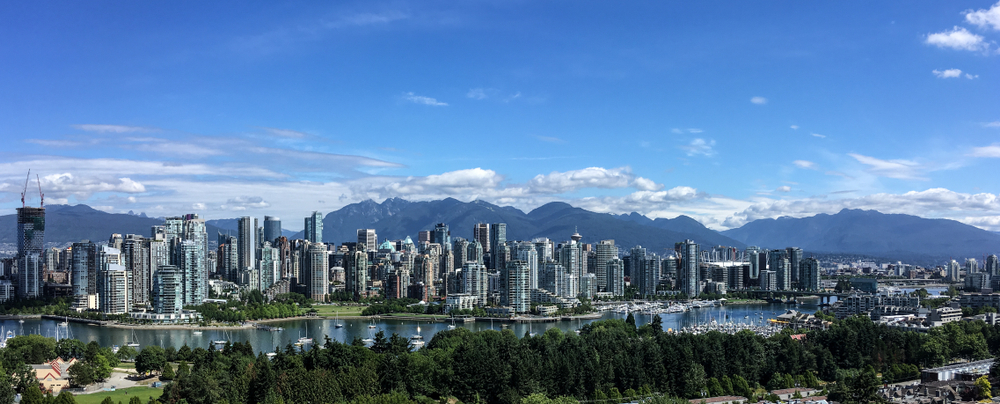Have you ever considered knowing where immigrants prefer to live? Researchers say that studying where newcomers prefer to stay significantly helps develop policies that draw newcomers to certain areas.
And mobility data has been a significant contributor to our understanding of the kind of places that attract immigrants. That’s without forgetting the factors that influence their decisions of staying or leaving.
We recently saw Statistics Canada studying the provinces and cities in which immigrants have longest stayed. The researchers used the 2020 Longitudinal Immigration Database’s tax file in the study. The tax file has often helped track Canadian immigrants’ economic outcomes.
As we saw in the research, it mainly focused on immigrants who arrived in Canada in 2014. We have highlighted this study’s further details below for you. So keep reading.

Vancouver, Toronto, and Edmonton
Let’s start focusing on the immigrants’ movement at the city level. So, between Toronto, Vancouver, and Edmonton, which city do you think had the highest retention rate?
According to the study, Vancouver was leading with immigrants who relocated in 2014, having a retention rate that slightly exceeded 86%. This retention rate was the highest at that time, five years after their admission to the area.
You can interpret this study’s results this way. If 100 immigrants relocated to Vancouver in 2014, more than 86 of them were still there, filling the city’s taxes in 2019.
Toronto came second with the 2014 newcomers’ second-highest retention rate at approximately 86%. These were the people who continued staying in the city five years later. And Edmonton occupied the third position with an 85% immigrants’ retention rate.
What about the immigrant classes?
If you think critically about the retention rates, you might assume that family-sponsored newcomers occupied the higher percentage. True to that, the study suggested that family-sponsored immigrants had higher chances of remaining in their intended admission city than other immigrant classes.
If you didn’t know, Canadian immigration consists of three immigrant classes including;
- Economic-class immigrants apply according to their professional know-how.
- Refugees apply based on humanitarian or security objectives.
- Family-class newcomers get sponsorship from a Canadian, and it is their spouse in most cases.






